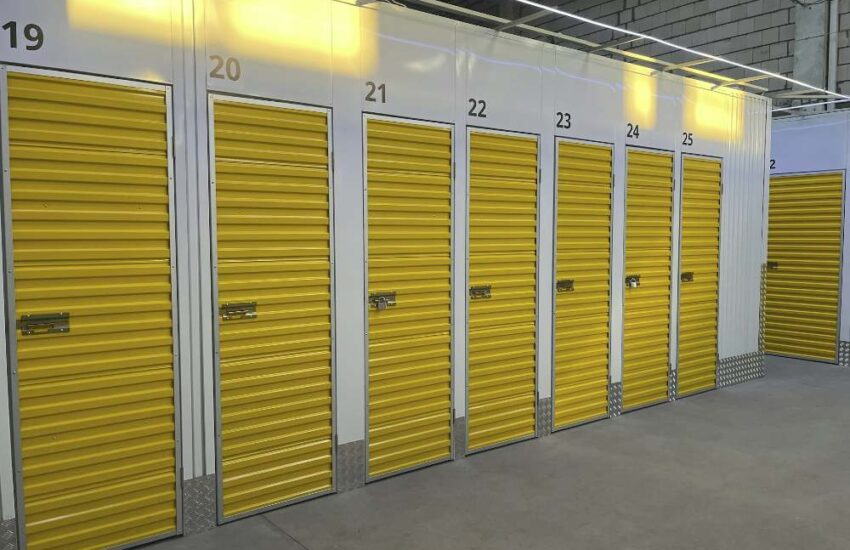Statewide Regulations and Standards for Steel and Metal Roof Trusses: Compliance and Best Practices
Steel and metal roof trusses, including pole barn rafters, play a crucial role in the construction industry, providing structural support and stability to buildings.
However, to ensure safety, durability, and compliance with regulations, it’s essential to understand the statewide regulations and standards governing their use.

In this article, we’ll delve into the compliance requirements and best practices for steel and metal roof trusses, including pole barn rafters, across different states in the United States, catering to the needs of contractors, architects, engineers, and homeowners.
Importance of Compliance
Before exploring the specific regulations and standards, let’s highlight why compliance is paramount when it comes to steel and metal roof trusses, including pole barn rafters:
- Structural Integrity: Compliance ensures that roof trusses, including pole barn rafters, meet structural requirements, safeguarding against collapses and structural failures.
- Safety: Properly installed and compliant roof trusses, including pole barn rafters, enhance building safety, protecting occupants and assets.
- Legal Obligations: Adhering to regulations prevents legal liabilities and potential fines, ensuring a smooth construction process.
Overview of Statewide Regulations
Each state in the U.S. has its own set of regulations and standards concerning steel and metal roof trusses, including pole barn rafters.
While there are commonalities, such as adherence to national building codes like the International Building Code (IBC) and standards from organizations like the American Society of Civil Engineers (ASCE), it’s crucial to be aware of state-specific requirements.
Let’s explore some key aspects:
1. New York
In New York, the Department of State’s Division of Building Standards and Codes oversees building regulations, including those related to pole barn rafters. Contractors and builders must comply with the New York State Uniform Fire Prevention and Building Code, which includes provisions for structural elements like roof trusses, including pole barn rafters. Engineers play a vital role in ensuring designs meet state standards.
2. California
California follows the California Building Code (CBC), which incorporates seismic considerations due to the state’s earthquake-prone nature, affecting pole barn rafters. Roof trusses, including pole barn rafters, must meet CBC requirements, including load capacities and seismic design criteria. Compliance with Title 24 energy standards is also essential.
3. Texas
The Texas Department of Licensing and Regulation (TDLR) regulates construction standards in the state, including those for pole barn rafters. Roof trusses, including pole barn rafters, must meet TDLR’s structural requirements, including wind load resistance, especially in coastal areas prone to hurricanes. Contractors need proper licensing and certification for installations.
4. Florida
Florida’s building codes emphasize hurricane resistance, affecting pole barn rafters, particularly in the High-Velocity Hurricane Zone (HVHZ). Roof trusses, including pole barn rafters, must meet Florida Building Code (FBC) requirements for wind uplift, impact resistance, and structural stability. Compliance with Miami-Dade County’s stringent standards is necessary in certain areas.
5. Georgia
Georgia’s construction standards, including those for pole barn rafters, are governed by the Georgia Department of Community Affairs (DCA). Roof trusses, including pole barn rafters, must comply with the Georgia State Minimum Standard Codes (SMSC), covering structural integrity, fire safety, and wind resistance. Compliance inspections are conducted by certified inspectors.
6. South Carolina
In South Carolina, regulations for steel and metal roof trusses, including pole barn rafters, are overseen by the South Carolina Department of Labor, Licensing, and Regulation (LLR).
Contractors and builders must comply with the state’s building code, which includes provisions for load capacities, bracing details, and connection methods specific to pole barn rafters. Compliance inspections by certified inspectors ensure that pole barn rafters meet South Carolina’s regulatory requirements for structural integrity and safety.
Best Practices for Compliance
Achieving compliance with statewide regulations involving pole barn rafters and steel and metal roof trusses includes following best practices throughout the design, fabrication, and installation phases:
Engage Qualified Professionals: Work with licensed engineers and architects experienced in pole barn rafter design to ensure compliance with state standards.
Use Certified Materials: Source steel and metal trusses, including pole barn rafters, from reputable manufacturers with certifications like ASTM International standards for quality assurance.
Follow Approved Designs: Use approved design plans that meet state-specific requirements for pole barn rafters, including load calculations, bracing details, and connection methods.
Adhere to Installation Guidelines: Follow manufacturer recommendations and state codes during truss installation, including pole barn rafters, proper bracing, fastening, and spacing.
Conduct Inspections: Schedule regular inspections by certified inspectors to verify compliance with structural, fire, and safety standards, including those related to pole barn rafters.
Conclusion
Navigating statewide regulations and standards for steel and metal roof trusses, including pole barn rafters, requires a thorough understanding of each state’s requirements.
By prioritizing compliance and implementing best practices, construction professionals can ensure structural integrity, safety, and legal adherence in building projects involving pole barn rafters.
Stay informed, engage qualified professionals, and follow approved guidelines to achieve compliance excellence in steel and metal roof truss installations, including pole barn rafters, across various states in the U.S.


